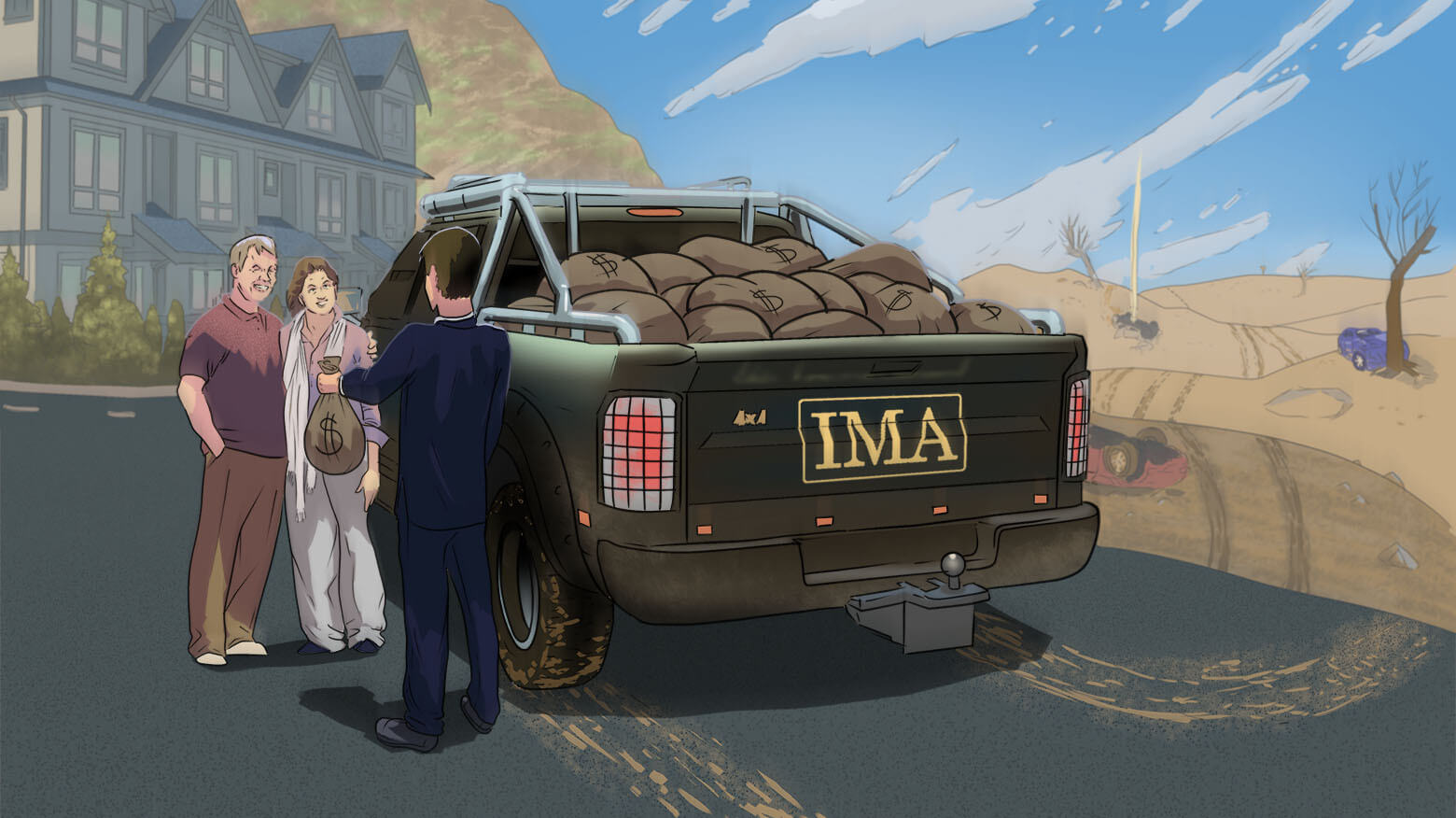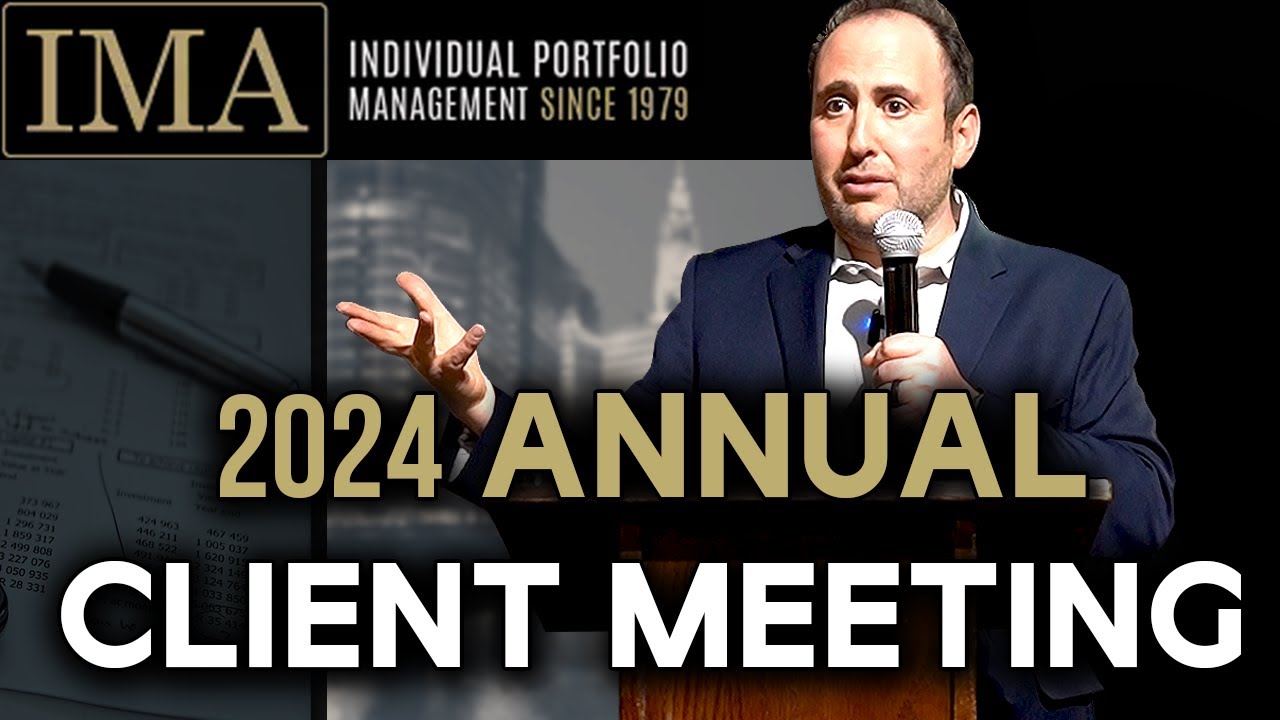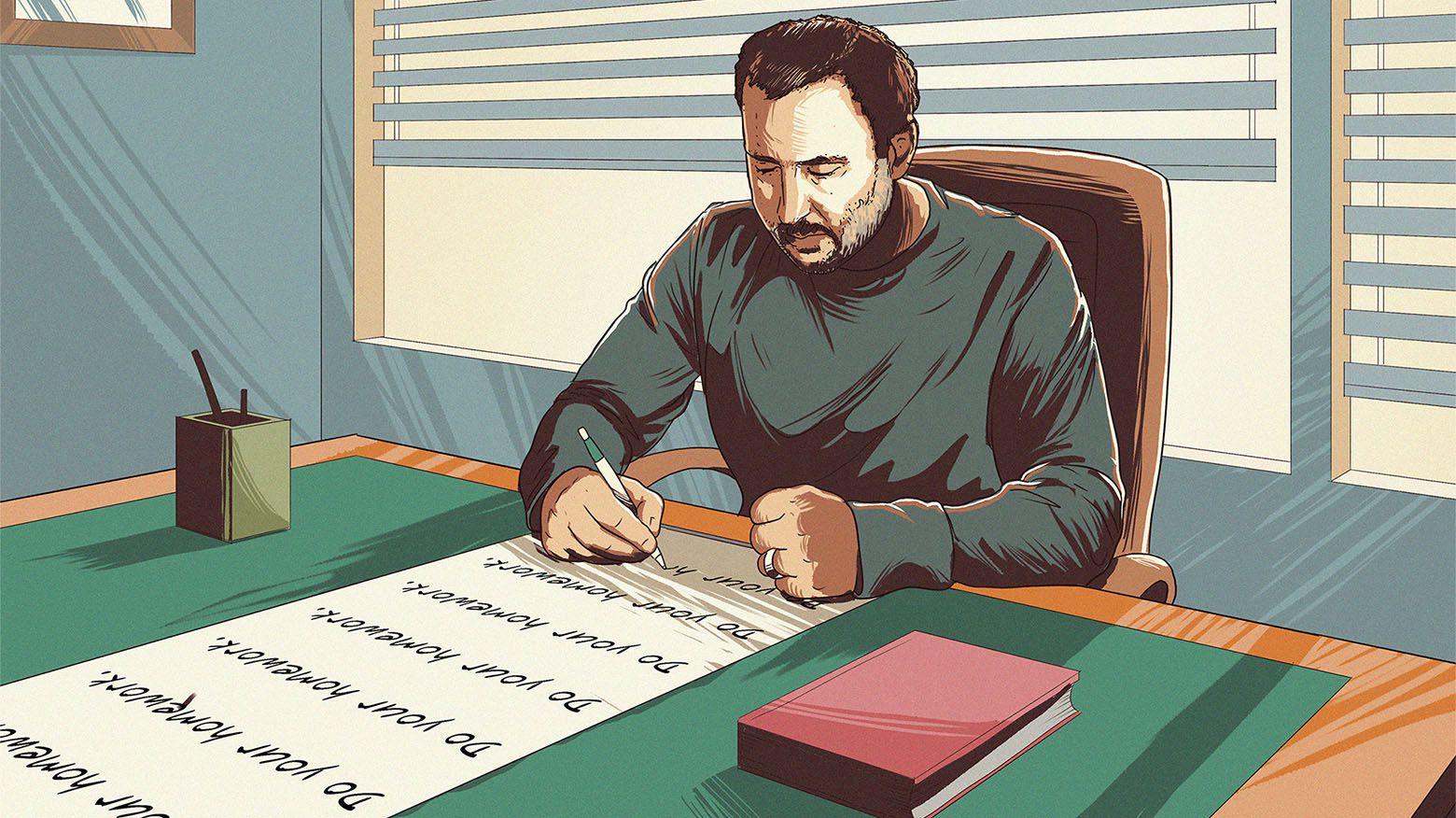I was finally able to do something I have tried to do but could not for ten years! We have built a dividend portfolio that’s “all-terrain” and that yields … well, you’ll have to read to the end to find out.
I am both psyched and nervous. Psyched because I think this could really help folks who are starved for yield, especially today. Nervous because I don’t know how long this opportunity will last – it is not in my hands, but in the hands of the stock market gods.
In a world where interest rates are at zero or negative, there is an insatiable demand for income. And knowing Wall Street, where there is thirst there will be water, even if it’s polluted. This has long been my feeling about income-producing products and services (including newsletters). I’d look at their holdings and see sheep (clients) lining up to an eventual slaughter.
In the pre-coronavirus environment, to build a portfolio of income-producing equities with a meaningful yield, you’d have to sacrifice something to gain this yield. That something could be valuation – people were buying overvalued companies, focusing solely on dividends, ignoring the risk that years of dividends can we be wiped out in days. (I wrote about this here.)
Or that something could have been that companies were squeezing their cash flows to the limit to pay that dividend, often borrowing and endangering the future of the whole enterprise to satisfy current shareholders (see my Exxon Mobile article). Or it could have been something less apparent at the time: dependence on the continuous kindness of capital markets, as was the case with most (not all) energy MLPs. I could talk about office REITs whose valuations assumed that no matter how many buildings you built (and a lot were built), there would always be a demand and there would never be a recession. I could keep going, but I’ll stop.
I have been asked many times by IMA clients if we could build a diversified portfolio of high-dividend-paying stocks. I tried it a few times (as recently as last October), and we simply could not in good conscience do it. I could not come up with a portfolio of stocks I’d want to own – that is our ultimate test.
And then…
A client asked me for a dividend portfolio again last week. I told him that I’d look but I didn’t promise anything. To my astonishment, when I looked, I realized that we can now do this!
I did not become smarter, it’s just that high-quality dividend-paying stocks got temporarily (key word) a lot cheaper. Today we can build a diversified All-Terrain Dividend Portfolio that will consist of 20–30 stocks that we believe can get through anything the economy might throw at them, including coronavirus (hence the “all-terrain”). This portfolio will be a new, different product from our core investment management service.
Dividend investing is tricky. When your goal is to build a high-dividend-yielding portfolio, the dividend often becomes a shiny object that disarms your thinking. You start ignoring risks, overvaluation, etc. We, including yours truly, are susceptible to this; and so, to make sure these biases don’t impact our analysis, we created a checklist of thirty or so questions that we have to go through and answer carefully.
The result is that rather than fixate on the dividend, we analyze and value each company as if it was just another stock. Dividends should be part of the equation but never the only variable in the analysis. This way we are process-driven. We build models to stress each company as though it was just another stock we were analyzing.
We scoured through the global universe of stocks, looking for companies that met our uncompromising standards: high-quality (by the metrics we apply to all our companies) and undervalued. The company might not be as undervalued as companies in our core portfolio, but it still has to have a margin of safety. We will not buy an overvalued company just to capture a high dividend. It has to have a good balance sheet with bond maturities spread out well into the future.
It must be able to maintain and grow its dividend in the long run, through recessions and expansions – the dividend has to be all-terrain – therefore the demand for the company’s products and services has to be very stable. The company cannot be a “melting ice cube”, a business built on older, out-of-date technology. The dividend has to be well covered by earnings and cash flows, and the company must still have capital left to reinvest to grow its business.
Companies in this portfolio have different requirements than our core portfolio. Their goal is to produce and grow their dividends. Price appreciation is secondary, but at the same time they have to, absolutely have to, be undervalued. (Today, because of the market decline, these stocks are very, very cheap.)
Our goal is not to reduce the volatility of the portfolio – that is not our concern –but to reduce (and if possible, to eliminate) the volatility of the dividend (though of course we cannot guarantee that). We want this portfolio to provide stable and growing income and to lock in the current dividend stream long into the future.
Today, this portfolio has no REITs, (US-based) banks, MLPs, or oil stocks – we wanted it to be built of super-high-quality dividend-generating companies (though we may do some tweaking in the future). It is less diversified than our usual portfolio, because we made a deliberate choice to avoid certain industries. For instance, you’ll never convince me that the dividend of a company like General Motors is sustainable through thick or thin, and thus you won’t see auto and other cyclical industries in this portfolio. It is a global portfolio, and thus we create some global diversification.
We came up with two versions of the dividend portfolio: One incudes tobacco stocks and yields about 6.4%, and the other one excludes them and yields 5.2%.
Investing is not something we do just for a living, it is something we deeply love and care about (see our Soul in the Game manifesto); and thus we’ll never offer a service or a product that we are not willing to consume ourselves. Therefore, I’ll invest my own money into this product – if it’s good for IMA’s clients it should be good for me.
I don’t know how long the market will stay at this level – it may go lower, or it may go higher. When we feel that stocks in the portfolio are no longer cheap – which could happen next week or two years from now –we’ll close this All-Terrain Dividend Portfolio to new clients. I will not sell polluted water just because people are thirsty. Rule number one at IMA: Do no harm.
If you are interested in The All-Terrain Dividend Portfolio, click here and mention that you’re “Interested in ATD” and we’ll email you additional information. This is brand new to us and we did not have time to develop materials beyond what I wrote above (and probably won’t for a while – we are too busy focusing on research). This approach will still follow our Active Value Investing philosophy (we own, or have owned in the past, some of the stocks that will show up in the All-Terrain Dividend portfolio) that we outlined in our brochure.










0 comments